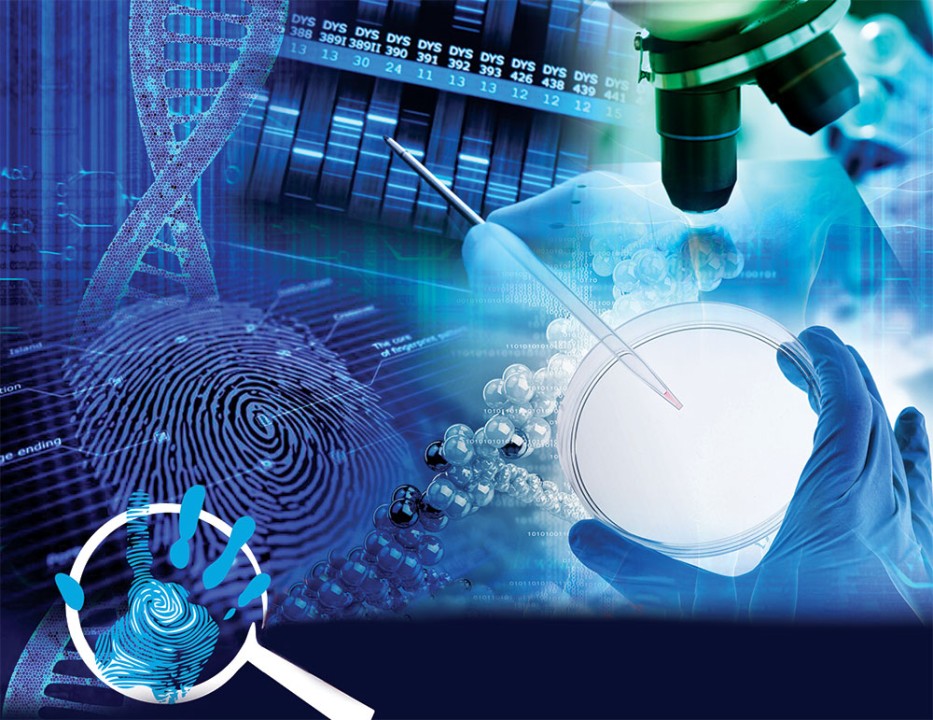Harnessing the Power of HLR Lookup for Enhanced Mobile Number Validation
In the realm of digital communication and customer engagement, ensuring the validity and reliability of mobile phone numbers is crucial. This is where HLR Home Location Register lookup plays a pivotal role. HLR lookup is a technology that provides real-time information about the status and attributes of a mobile phone number, directly querying the operator’s HLR database.
Understanding HLR Lookup
At its core, HLR is a central database in a mobile network that stores essential information about each subscriber authorized to use the network. This includes details such as the subscriber’s current location, status active or inactive, roaming information, and other pertinent data. HLR lookup involves querying this database to verify the validity and status of a mobile number in real time.
Enhanced Validation Accuracy
One of the primary benefits of HLR lookup is its ability to provide highly accurate validation of mobile numbers. By directly accessing the operator’s database, HLR lookup can confirm whether a number is active, reachable, and correctly formatted. This capability is invaluable for businesses that rely on SMS delivery, voice communications, or OTP One-Time Password verification, ensuring messages reach intended recipients promptly and check if a number is active.

Reduced Fraud and Improved Customer Experience
Fraudulent activities, such as using inactive or unauthorized numbers, can be significantly mitigated with HLR lookup. By validating numbers before initiating communications or transactions, businesses can reduce instances of fraud and enhance security measures. This proactive approach not only protects businesses but also improves the overall customer experience by ensuring that communications are reliable and timely.
Operational Efficiency and Cost Savings
Integrating HLR lookup into verification processes enhances operational efficiency. Businesses can automate the validation of mobile numbers, reducing manual effort and streamlining workflows. Moreover, by verifying numbers before sending messages or making calls, businesses can avoid unnecessary costs associated with failed delivery attempts or reaching inactive numbers.
Regulatory Compliance
In various industries, compliance with regulations regarding data privacy and communication standards is critical. HLR lookup helps businesses adhere to these regulations by ensuring that they communicate only with valid and opted-in mobile numbers. This not only mitigates compliance risks but also builds trust with customers who value privacy and regulatory adherence.
Applications Across Industries
The applications of HLR lookup span across various industries. In banking and finance, verifying mobile numbers ensures secure transactions and fraud prevention. In healthcare, it aids in patient appointment reminders and health notifications. E-commerce platforms use it for order confirmations and delivery updates. Additionally, service providers and utilities utilize it for customer notifications and service alerts.
Integration and Implementation
Integrating HLR lookup into existing systems can be straightforward with the right technology partners or APIs Application Programming Interfaces. Modern API-driven solutions allow businesses to incorporate HLR lookup seamlessly into their applications, whether it is for batch processing large datasets or real-time validation during customer interactions.
Future Prospects
As digital communication continues to evolve, the importance of reliable mobile number validation will only increase. Emerging technologies, such as 5G networks and IoT Internet of Things devices, will drive the demand for accurate and efficient HLR lookup solutions. Innovations in AI Artificial Intelligence and machine learning may further enhance the predictive capabilities of HLR lookup, anticipating changes in number status before they occur.




